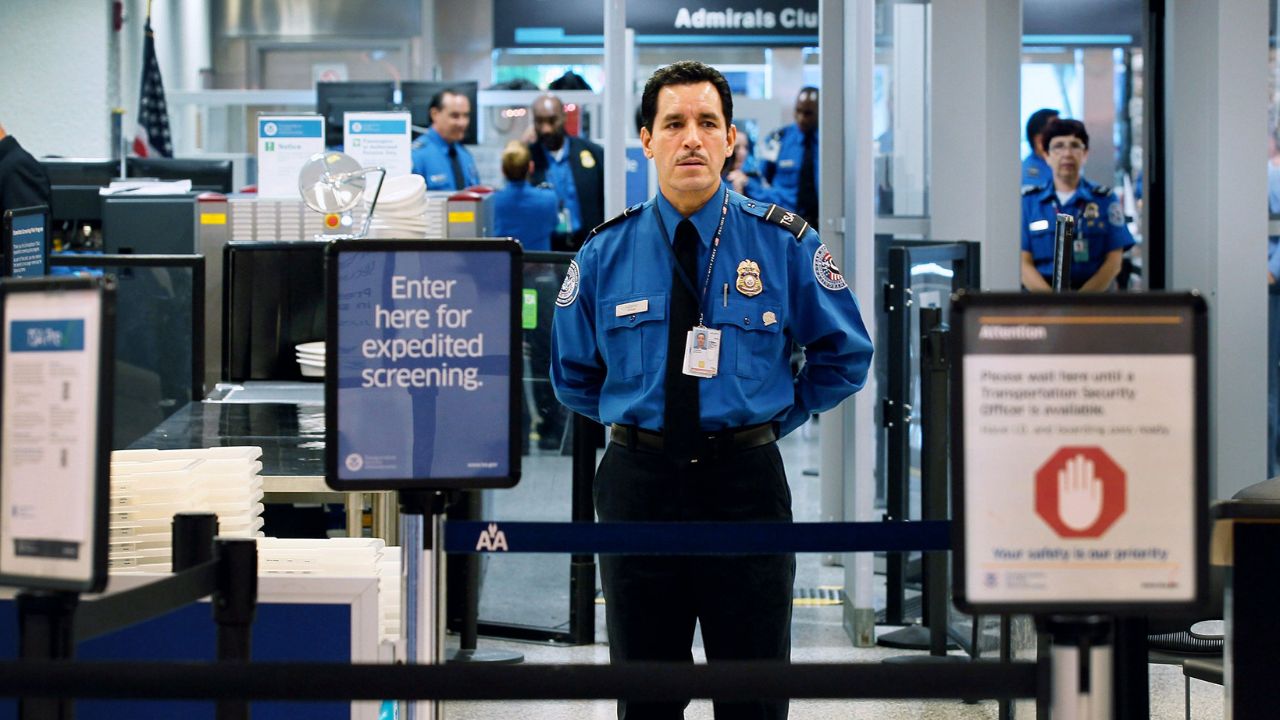Software Testing Explained Through Airport Security
Software Testing Explained Through Airport Security
Imagine an airport where every traveler going through security represents a piece of software ready to board a flight — the working production environment. Just as airport security ensures no dangerous threats make it onto the plane, software testers specialists ensure no bugs or vulnerabilities harm the final product.
Automation Testing – Automation Validation Checking
In this analogy, we’ll explore how automation testing acts like advanced scanning machines, while exploratory testing works like skilled personnel operating handheld metal detectors. Together, they form the backbone of quality assurance — just like airport security safeguards flights.
Automation testing is like the high-tech scanner at airport security. It’s fast, efficient, and designed to detect known issues quickly.
Exploratory Testing Acting as the Human Touch That Uncovers Hidden Threats
I like to call automation testing “automation verification checking,” because for real testing, you need human judgment, critical thinking, and a focus on finding problems that might be hidden. Those things don’t happen in automation testing—it excels at executing predefined tasks but lacks the creativity and intuition only humans can provide.
For example, if someone has a prohibited item in their bag, the scanner flags it immediately without needing human intervention.
Just like scanners follow strict protocols, automation tools execute scripts repeatedly to validate functionality. But what happens when something unusual slips past? That’s where exploratory testing comes in.
Exploratory testing is like the handheld metal detector operated by experienced security staff. These professionals don’t rely solely on predefined rules — they use intuition, experience, and creativity to uncover hidden threats.
In software testing, exploratory tester specialists manually investigate areas of the application that automated tests might not cover. They think outside the box, mimicking real-world scenarios to find unexpected bugs. This approach complements automation, ensuring even edge cases are caught before deployment.
Why Testing Matters?
The people working at these checkpoints are experts trained to assume everyone could potentially carry a threat — even if they appear harmless. Similarly, software tester specialists must approach every feature, module, or update assuming it could introduce risks.
Developers vs. Testers
So, we have developers who are often concentrated on creating and building, aiming for success and positive outcomes. Tester specialists, on the other hand, specialize in looking for failures and potential problems. This critical perspective is usually perceived negatively by those whose primary focus is on creation.
Sometimes, developers may feel frustrated with tester specialists for questioning every aspect of the software, even though the testers’ goal is simple: to protect the integrity of the system, just like airport staff protecting passengers. In such cases, developers might argue that the testers’ work only serves to slow them down.
If you’re a developer, don’t be mean to testers—because they can be mean to you too. Remember how a typical airport security checkpoint works: it could look like this—a passenger (you, the developer) arrives at the checkpoint with their luggage (your code). The security staff (testers) scrutinize every item, scanning for potential threats (bugs or vulnerabilities). If something seems suspicious, they might ask for further inspection (additional testing), which can feel inconvenient or even confrontational.
However, this perspective often stems from a misunderstanding of the complementary roles both groups play in ensuring quality and success.
How Automation and Exploratory Testing Work Together?
At the end of the day, both airport security and software testing share the same mission — to ensure safety. While scanners and metal detectors work together to keep planes secure, automation and exploratory testing combine to deliver reliable, high-quality software.
So next time you see an airport checkpoint, remember: behind every successful software launch is a team of dedicated tester specialists making sure everything runs smoothly.
Software testing is about minimizing risk and preparing for the worst while hoping for the best. But if you’re inspired to dive deeper into this critical field, now is the perfect time to take action. Whether you’re a developer looking to expand your skill set or someone exploring a career in quality assurance, learning software testing can open doors to exciting opportunities.
Start Your Journey in Software Testing Today!
Ready to get started? Explore our comprehensive course designed to help you master the art of software testing—from automation tools to exploratory techniques.
Click the link below to access the Software Testing Mastery in Scrum Course that will empower you to become a testing specialist who ensures software not only works but excels.
If you enjoyed this post about Software Testing Explained Through Airport Security or this video, don’t forget to like, subscribe, and share it with others who might find it helpful.
